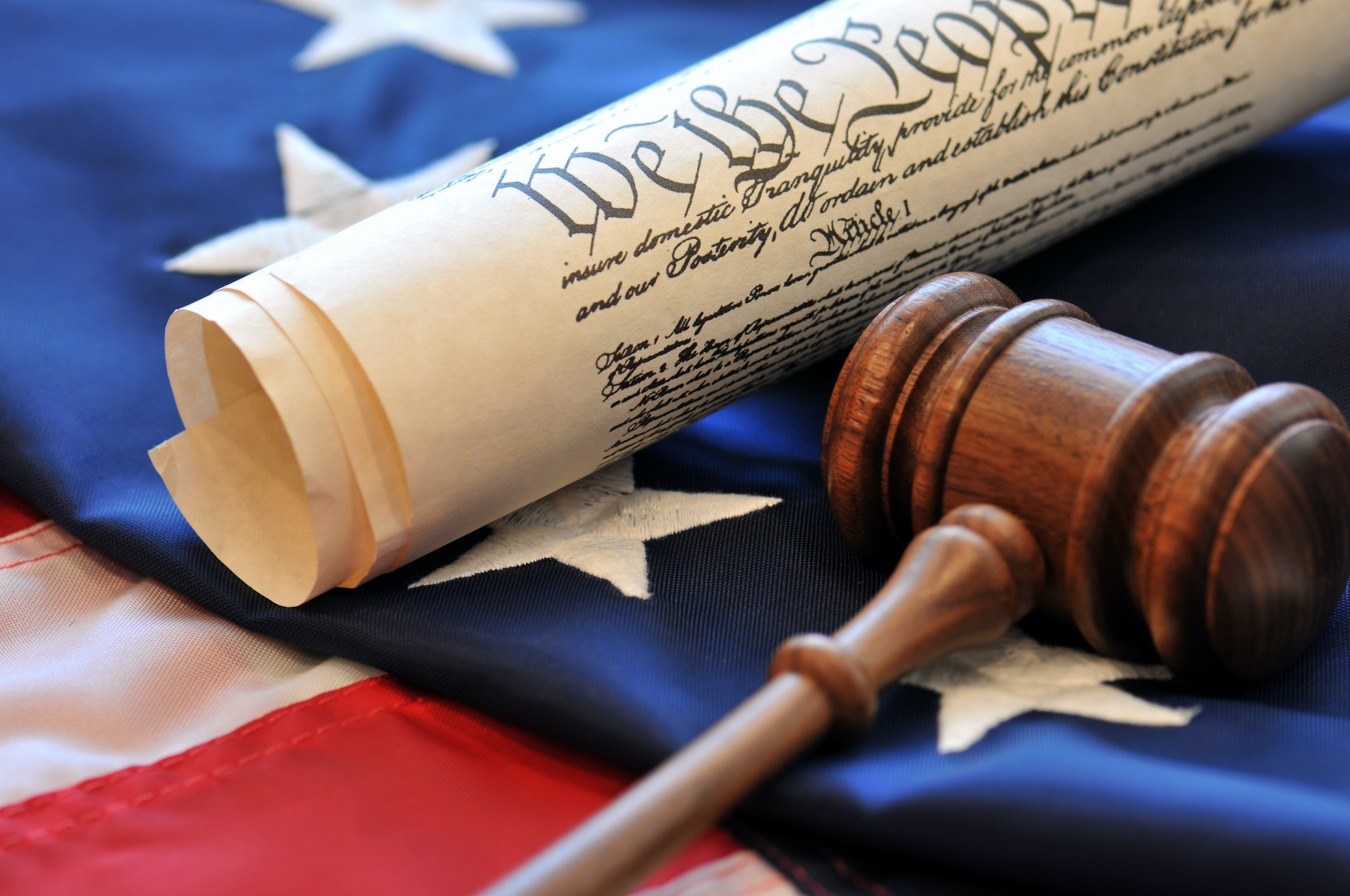The Constitution of the United States is one of the oldest living documents in the world. After a weak start with the Articles of Confederation, the Founding Fathers developed a charter for the nation’s government that was strong enough to hold up in times of change, yet flexible enough to adapt to different social and political climates. The three branches of our government continue to work in a system of checks and balances, ensuring that no one branch is more powerful than the next. While amendments to the constitution have changed to give rights to more Americans, the original Bill of Rights remains unaltered and continues to protect American freedoms today.
The Articles of Confederation
- Out with the Old: Articles of Confederation – A comparison between the Articles and the Constitution - Grade 11
- Articles of Confederation – Using technology to explore the development of the constitution - Grades 7-12
- Different Perspectives on the Articles of Confederation – Students take on a different character – Grades 7-12
The Constitution of the United States
- The Constitution: Counter Revolution or National Salvation? – Different perspectives in history - Grade 11
- The Constitution and Amendments – A series of lesson plans - Grades 9-12
- Explore the Terms in the Preamble – Four lesson plans – Grade 5
- You and the Constitution – A lesson using an instant or digital camera – Grade 4
- Identifying and Analyzing the Constitution – Studying the principles of the constitution – Grades 9-12
Three Branches of Government
- The Three Branches – Studying how the government works – Grades 3-5
- Three Branches of Government – An interactive teaching unit – Grades 5-8
- The Constitution Power Grab Game – A checks and balances activity – Grades 9-12
- Separation of Powers – Teaching with Documents – Grades 7-12
Executive Branch
- State of the Union Bingo – An adaptable game to engage students in the State of Union Address – Grades 6-12
- Executive Decisions – A role-playing game – Grades 9-12
- Gifts to the Future – A lesson on the executive branch – Grades 9-12
- A Virtual Field Trip to the American Presidency – An interactive lesson - Grades 5-9
- The Executive Branch – The president’s role in law making – Grades 5-12
Legislative Branch
- How A Bill Becomes A Law – How the legislature works – Grades 5-8
- Turning a Bill into a Law – Creating a flow chart – Grades 7-8
- Leaders in the Legislative Branch – Learn about our leaders and use the discussion guide – Grades 7-12
- Representing Our Nation – Students use pennies to learn about the legislature – Grades 6-8
Judicial Branch
- The Judicial Branch of the United States Government – Interactive computer plan – Grade 5
- How the Supreme Court Affects the Lives of Teens – Panel discussions – Grades 7-12
- FDR and the Supreme Court – A four-part lesson – Grades 7-12
- Supreme Court Decisions on Freedom of Religion – Hold a debate on various cases – Grade 11
Amendments to the Constitution
- Create a Bill of Rights – A critical thinking plan - Grades 7-12
- The Bill of Rights for Us Today – How the Bill of Rights affects our lives – Grades 7-9
- The Bill of Rights – Reviewing the original document – Grades 5-8
- The First Amendment – A collection of lesson plans – Grades 5-12
- Government Lesson Plan – Students analyze the 14th amendment – Grades 9-12
- Equal Protection for All – The 14th amendment and Jim Crow laws – Grades 6-9
- First Amendment Plans – Plans that touch each protection in the 1st amendment – Grades 4-12
- Women's Suffrage: Why the West First? – Suffrage and the 19th amendment – Grades 6-8
- Teaching the Amendments – A multi-lesson plan – Grades 7-12
- The Right to Bear Arms – Analyze and explain issues surrounding the 2nd amendment – Grades 9-12
- 4th Amendment Rights – A role-playing plan – Grades 5-9
("Legal information found on this page does not constitute legal advice.")

